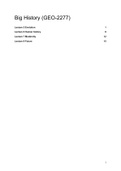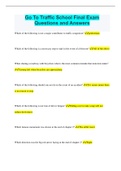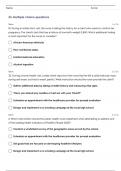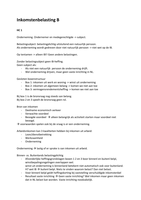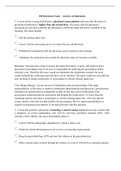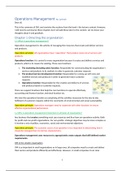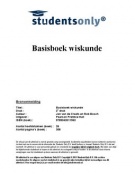Samenvatting
Samenvatting Big History (GEO-2277)
- Instelling
- Universiteit Utrecht (UU)
De document geeft een korte en bondige samenvatting van de lectures : Evolution, human history, modernity and future. De samenvatting is gebaseerd op de lectures en de bijbehorende aantekeningen. Het geeft een overzicht van de stof voor het tweede deeltentamen van het vak.
[Meer zien]
